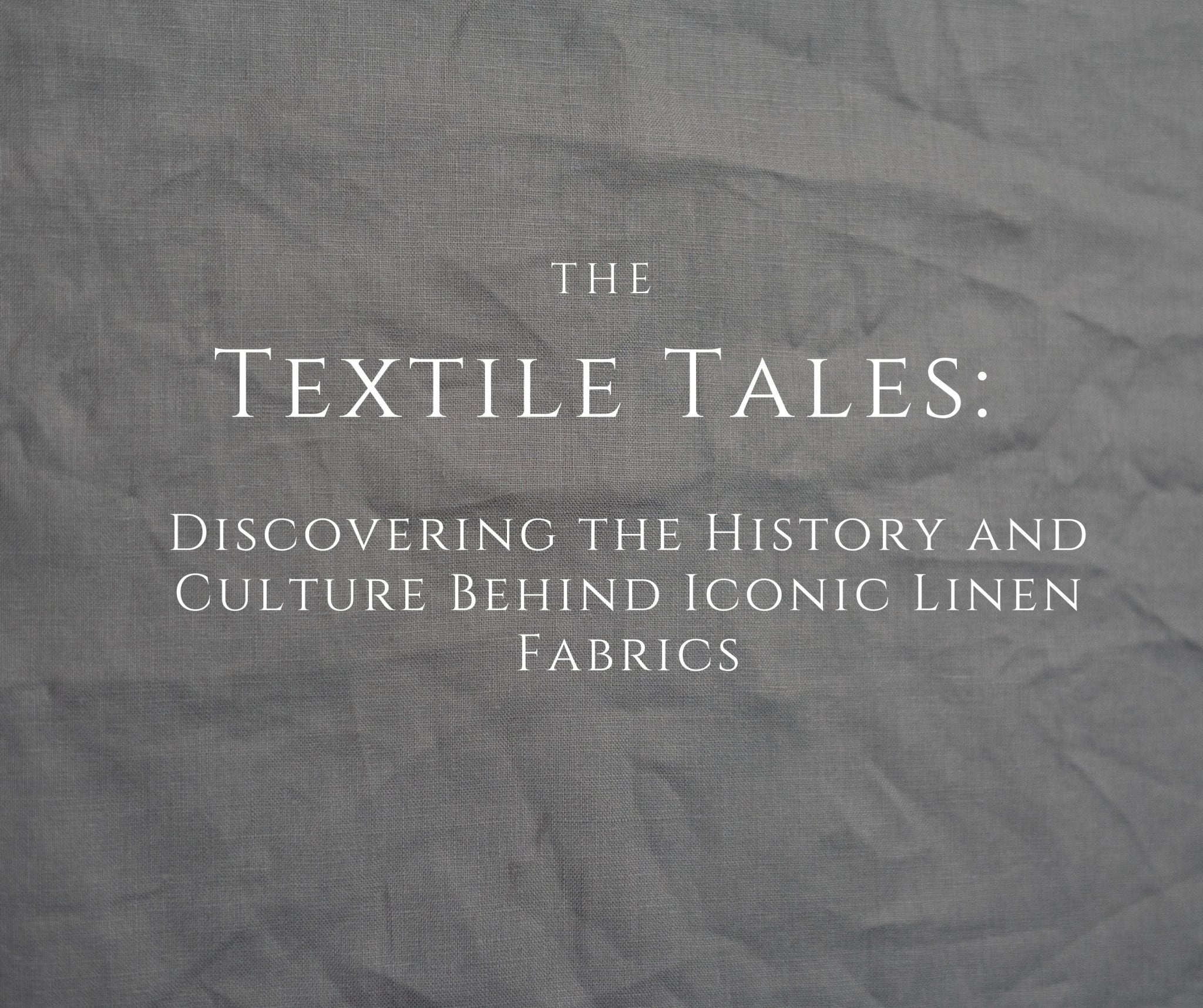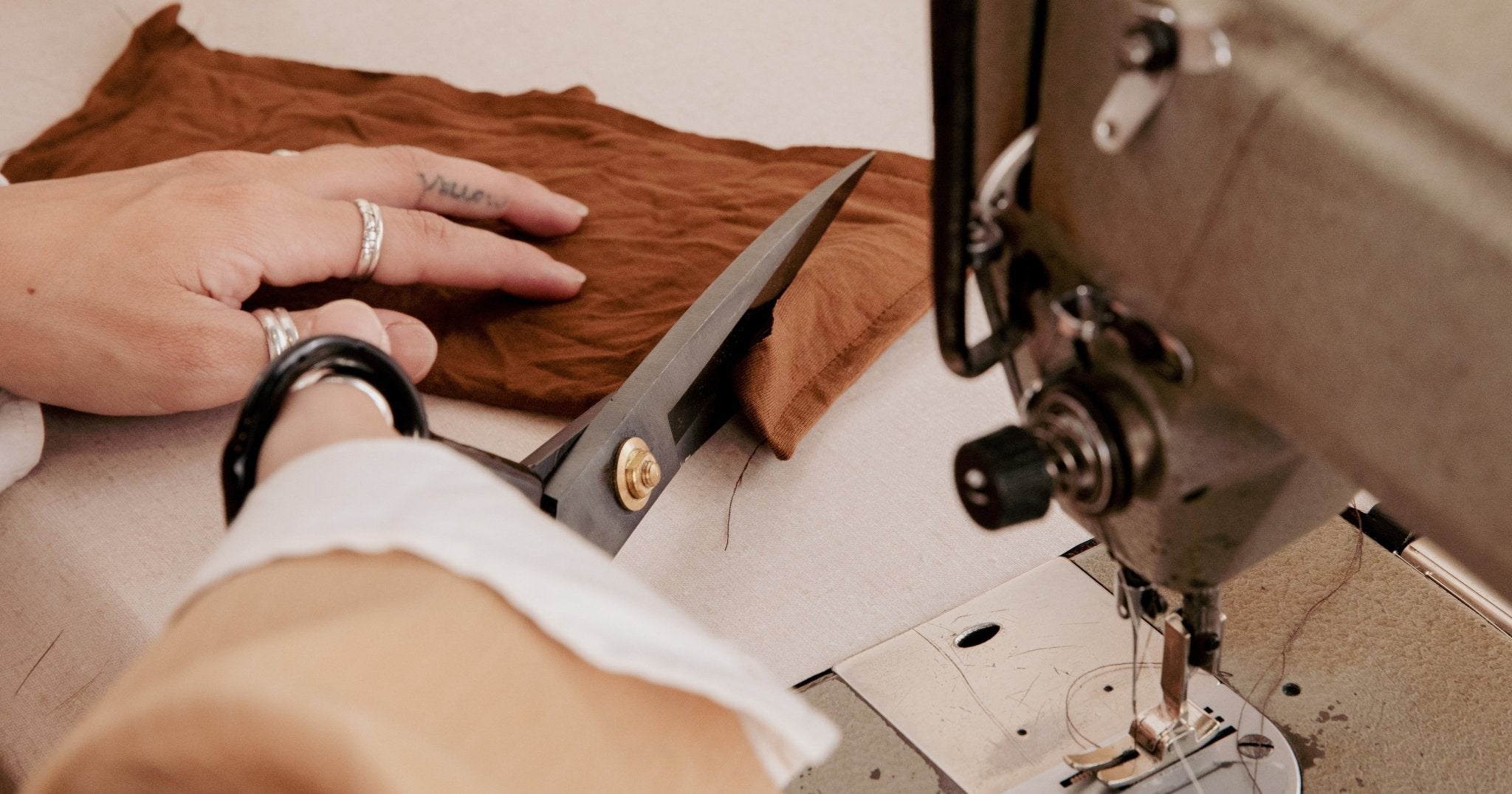Introduction
In the world of textiles, there are certain fabrics that have stood the test of time, holding within them captivating stories of history, culture, and craftsmanship. Linen, Thick Cotton, and Pre-dip Linen are three such iconic fabrics that have left an indelible mark on fashion and society throughout the ages. Join us as we embark on a journey to explore the fascinating tales behind these fabrics, uncovering the intricacies of their production, the cultural significance they hold, and their enduring impact on the world.
1. Linen: From Flax to Fashion
Linen is a fabric known for its exceptional qualities and has been in use for thousands of years. Made from the fibers of the flax plant, linen boasts unparalleled strength, breathability, and natural luster. The history of linen can be traced back to ancient civilizations, including the Egyptians, who not only used it for clothing but also for sacred rituals and burial shrouds.
Linen production was a laborious process that required skilled craftsmanship. From harvesting flax plants to retting, scutching, spinning, and weaving, each step played a crucial role in creating the final fabric. In medieval times, linen became a symbol of purity and wealth, adorning the nobility and clergymen.
As time progressed, linen continued to be favored for its comfort and versatility. It became a staple in the fashion industry, influencing various styles and designs. In recent years, its eco-friendliness and sustainable qualities have sparked a renewed interest, making linen a popular choice among environmentally-conscious consumers.
2. Thick Cotton: Weaving Stories of Resilience
Thick cotton, also known as canvas or duck cloth, has a storied past deeply intertwined with human exploration and trade. This heavy-duty fabric owes its name to the Dutch word "doek," which means cloth. It gained prominence during the Age of Sail when it was used for making sails for ships, thanks to its durability and strength.
With the rise of global trade, thick cotton found its way to different parts of the world, carrying with it tales of exploration and conquest. It became a valuable commodity in trade markets and was used for a myriad of applications, from military tents to sturdy workwear for laborers.
In the realm of art, thick cotton canvas played a crucial role as a surface for masterpieces by renowned painters like Leonardo da Vinci and Vincent van Gogh. Its rough texture and resilience allowed artists to create timeless works that continue to inspire generations.
3. Pre-dip Linen: Unraveling the Art of Indigo Dyeing
Pre-dip linen, a variant of traditional linen, has a unique story to tell through the art of indigo dyeing. The indigo plant, with its mesmerizing blue hue, has a history of cultivation and use in various cultures. The dyeing process involves fermenting the indigo leaves and then dipping the fabric repeatedly to achieve the desired depth of color.
Indigo-dyed fabrics have a special place in cultural traditions, especially in regions like Japan, India, and West Africa. The vibrant blues hold symbolic meanings of protection, spirituality, and prosperity in these societies.
Through trade and cultural exchange, indigo-dyed linen reached far corners of the world, sparking a fascination for this captivating fabric. Today, designers and artists continue to experiment with indigo-dyed linen, combining traditional techniques with contemporary aesthetics, giving rise to unique and beautiful creations.
Conclusion
Textiles hold within them a treasure trove of narratives, and linen, thick cotton, and pre-dip linen are no exception. From their ancient origins to their continued influence in modern fashion and art, these fabrics have shaped cultures and societies across the globe. Each thread woven into these fabrics represents a story of resilience, creativity, and human ingenuity.As we immerse ourselves in the history and cultural significance of these iconic fabrics, we come to appreciate not only the craftsmanship behind their production but also the enduring impact they have on fashion, art, and the world at large. So, the next time you don a linen shirt, admire an artwork on canvas, or cherish an indigo-dyed masterpiece, remember that you are carrying with you the age-old tales of textile history and culture.



